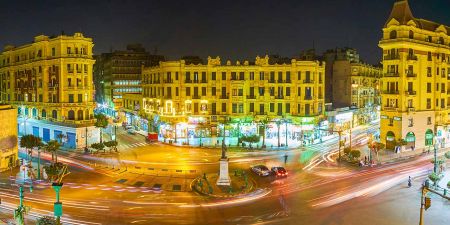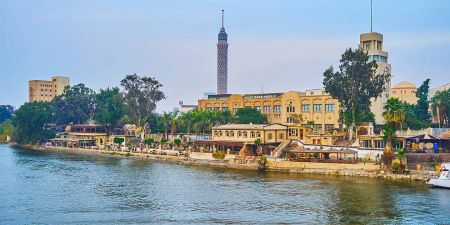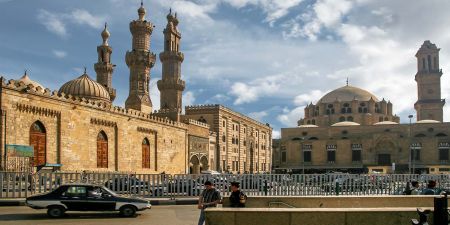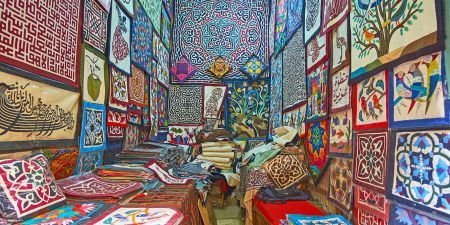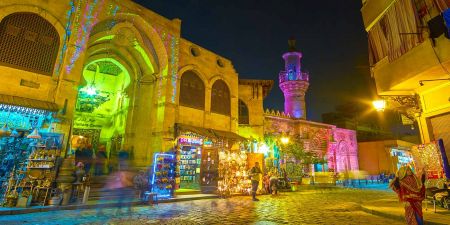Cairo Attractions
Information about the history of Cairo and all of the most significant sites around the city

Uncover the beauty of Al Aqmar Mosque Cairo. Learn about its history, architectural wonders, and essential visitor tips in this comprehensive guide.
Visit Sultan Al Mansur Qalawun Mosque in Islamic Cairo—Marvel at this Mamluk masterpiece and learn about its fascinating historical significance.
Uncover the significance of Al Azhar Mosque, Cairo’s grand mosque and prestigious university—a cornerstone of Islamic heritage and learning.
Journey into Egypt’s past at the Mosque of Amr ibn al-As. Learn its history and explore this cornerstone of Islamic culture in Cairo.
Journey through Old Cairo’s history at Bab Zuweila. Uncover stories, architecture, and secrets of this legendary city gate.
Explore the Museum of Islamic Art, Doha’s cultural gem. Witness stunning collections where the story of Islamic art and history beautifully unfolds.
Unveil the fascinating history of the Mosque and Madrasa of Sultan Hassan, Cairo’s iconic Mamluk monument celebrated for its grandeur and artistry.
Step into history with Ahmed Ibn Tulun Mosque. Learn about its stunning architecture, captivating past, and importance in Islamic culture.
Discover Bayt Al Suhaymi Cairo—an authentic glimpse into Ottoman life. Visit beit el seheimy for rich architecture, culture, and history.
Discover the history and charm of the Cairo Opera House, Egypt’s hub for music, ballet, and cultural performances. Plan your visit today.
The Coptic Museum lies behind the walls of the famous Roman fortress of Babylon in the ancient district of Cairo (Misr Al-Qadima).
Experience the marvels of The Egyptian Museum in Cairo. Uncover Egypt's treasures and find essential tips for your next visit here.
The complex was a built as a unique, multi-use space. It included the mosque and the mausoleum, but also a sabil that provided free water to the people, administrative space, and a covered market among other things.
Discover the rich history of Ben Ezra Synagogue Cairo, a stunning landmark of Jewish heritage nestled in the heart of Coptic Cairo.
Visit Khan el-Khalili Cairo, a must-see bazaar renowned for its rich history, bustling shops, and authentic Egyptian experience.
The district of Old Cairo ( Masr al-Qadima in Arabic ) is Located in the south part of the city, on the right bank of the Nile opposite to the Island of Roda. Know More!
Salah El Din (known as Saladin to European historians) overthrew the Fatimid dynasty in 1171 AD, establishing the new Sunni Ayyubid Caliphate.
The most famous site in Coptic Cairo is the Church of the Virgin Mary, better known by its nickname, the Hanging Church. Learn more!
Egyptians refer to Downtown as Wust al-Balad, which can be poetically understood to mean “the heart of the country”. This crowded, bustling district of Cairo certainly lives up to the name.
Gezira is the Arabic word for island, but in Cairo, it is most commonly used to refer to a specific island in the middle of the Nile between Downtown Cairo and the area in Giza known as Dokki.
Islamic Cairo is the historic core of the city. When the Fatimid dynasty conquered Egypt in 969 AD, they constructed a new capital north of the existing city to serve as their administrative center.
Just beyond the southern walls of Fatimid Cairo across the street from Bab Zuweila stands a singular space in modern Cairo.
When the Fatimids took control of Egypt in 969 AD, high taxes and poor governance by the Ikhshidid Abbasidds, who had ruled Egypt since 905 AD, had ravaged the region and its capital, Fustat.
Frequently Asked Questions
Got questions? We’ve got answers. Find everything you need to know to plan your perfect trip.
There are several popular tours in Egypt that offer unique experiences. Here are some of the best Egypt tours to consider:
1. Trip to Egypt: Pyramids & Nile by Air
2. 5 Days Trip to Egypt: Cairo and Luxor
3. Pyramids, Nile Cruise & Abu Simbel
You can swim with sea turtles, dolphins, and even spot sharks and rays while diving at world-class reefs like Elphinstone.
You can fly directly to Marsa Alam International Airport or travel via Hurghada or Luxor by car or bus.
Marsa Alam offers everything from luxury beach resorts to eco-lodges, combining comfort with sustainability.
The opera is traditionally performed in Italian, with projected English subtitles available for the audience to follow the storyline easily.
While taking a Nile River cruise, some of the top attractions you should visit include the Temple of Karnak, Temple of Luxor, Valley of the Kings, Valley of the Queens, Temple of Queen Hatshepsut (also known shortly as Hatshepsut Temple), and Colossi of Memnon in Luxor, Kom Ombo Temple in Kom Ombo, Edfu Temple in Edfu, and the High Dam, the Temple of Philae, and the Unfinished Obelisk in Aswan. These sites showcase the grandeur and architectural wonders of ancient Egypt, allowing you to immerse yourself in its rich history and culture.
- The currency of Egypt is the Egyptian pound, The value of the Pound is effectively fixed at the rate of 0.056 LE to 1 USD, Credit cards are widely used in Egypt.
- Service charges that have been included on your bill go to the restaurant, not the waiter. Be sure to tip the servers 10% in addition by handing it to them directly.
- The metro is one of the best ways to go from one place to another within Cairo.
- Arabic is the official language, English is widely used as second language.
- Try “Fool”, Egyptian beans, and “Koshary”, a traditional Egyptian pasta dish.
- Try Kebab and Kofta, the Egyptian traditional meat dish.
- Visit the Pyramids of Giza, the Sphinx and valley temple which belongs to king Chephren.
- See Luxor temple, Hatshepsut temple, Valley of the Kings and Karnak temple in Luxor.
- Admire the wonders of ancient history at the Egyptian Museum.
- Discover the magic of Egyptian oases like Siwa or Bahariya
- Dive or snorkel in Sinai or cities situated on the Red Sea.
- Going on a Nile Cruise from Luxor to Aswan or vise versa.
- Shop at Khan El Khalili touristic market in Cairo.
- Visit Philae and Abu Simbel temples in Aswan.
- Visit the Saint Catherine Monastery in Sinai.
- Exploring Islamic Cairo on foot.
Discover More About Egypt
Explore unique stories, insider tips, and must-see spots to make the most of your visit.

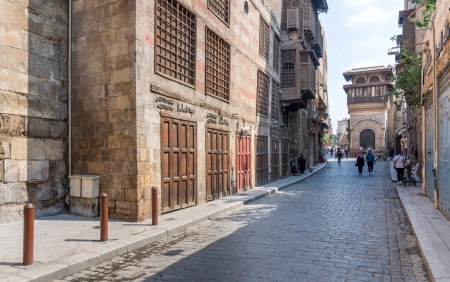

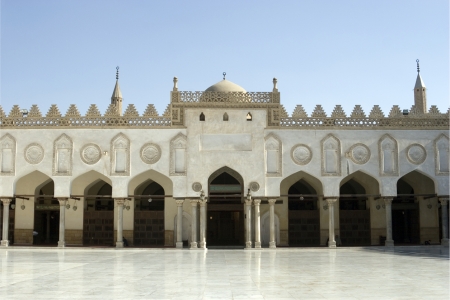

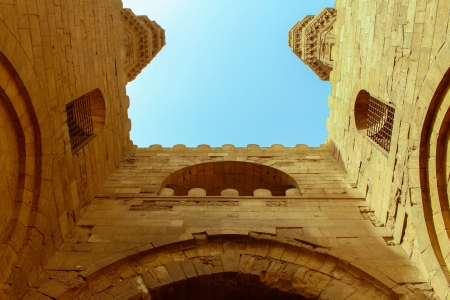
.jpg)
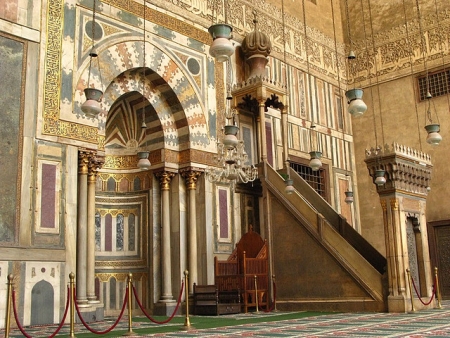
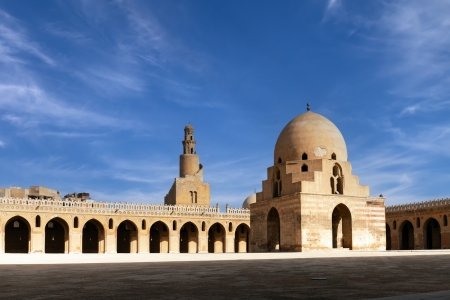
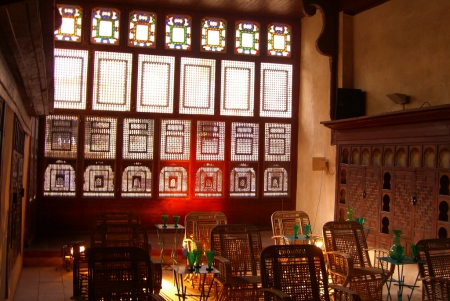
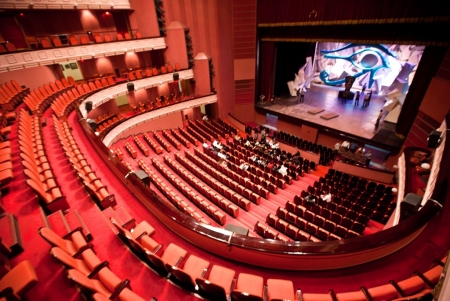
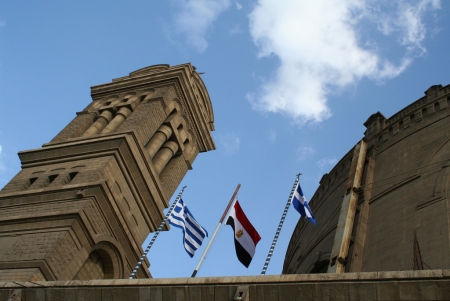


, Cairo Egypt.jpg)
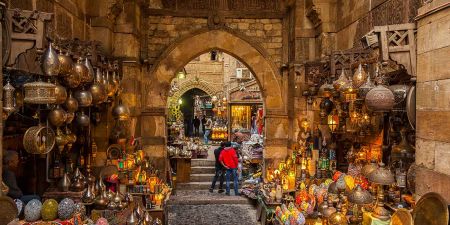

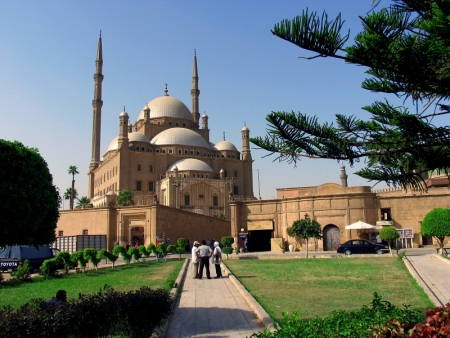
.jpg)
